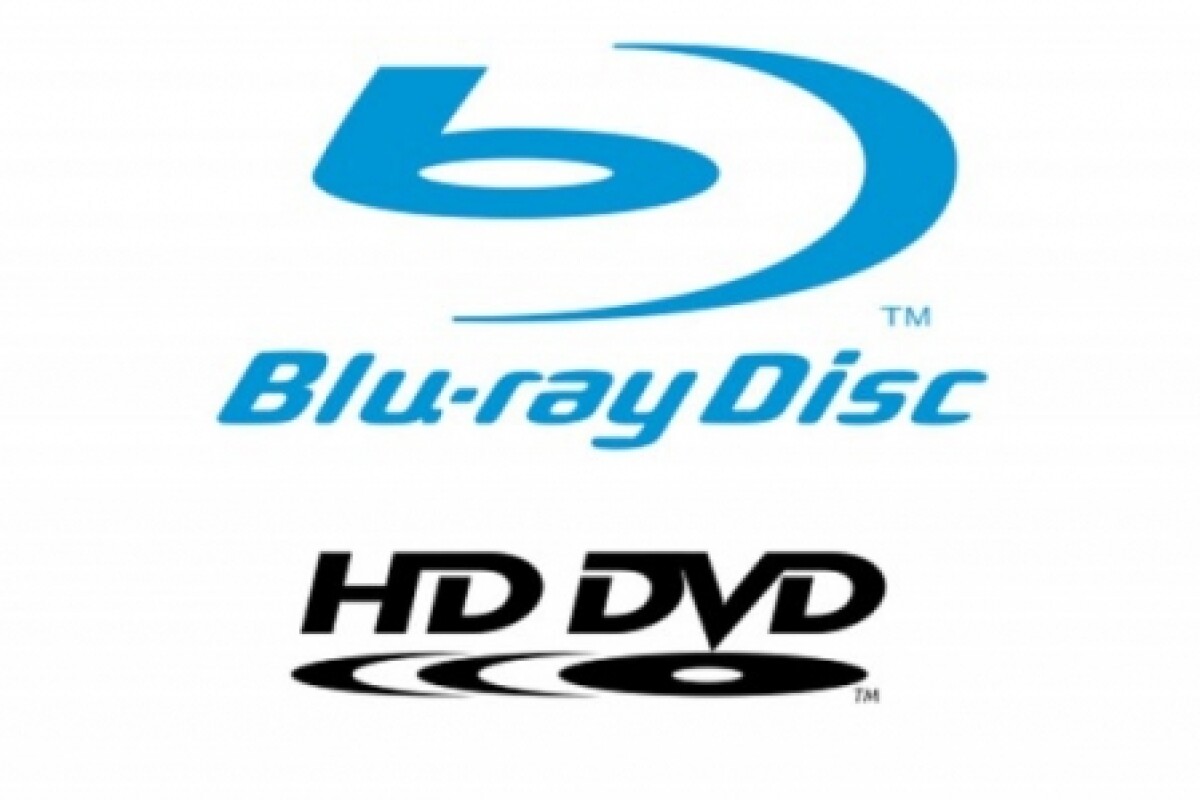December 12, 2008 High definition TV’s and displays offer obvious visual benefits over conventional standard definition sets, but what about the audio side of things? Along with the Blu-Ray and HD DVD formats have come new high definition sound formats to match their high quality picture.
To understand what these new high definition audio formats have to offer, it’s important to know how that digital information is stored and transmitted in the audio visual world.
Sound can be stored on a disc in a number of ways:
- Losslessly (no compression and no data lost),
- Compressed losslessly (smaller storage space needed, but no data is lost),
- Compressed (some data is lost).
Compression formats that lose data (“lossy” compression) use careful algorithms to throw away data that you are supposed to be unable to hear. DVD’s use these types of compression formats as space restrictions on a DVD (video) disc don’t allow for lossless audio as the video information has the lion’s share of the space.
With Blu-Ray and HD DVD discs space isn’t an issue. With 25GB per layer, multiple layer support, and dual-layer discs being rather common now, these two new HD disc formats have plenty of scope for the future.
DVD’s can deliver data at up to 10.08 Mbps (megabits per second) and only approximately 1.5Mbps of this is used for audio (that means all audio streams; 5.1 soundtrack, 2 channel soundtrack, director’s commentary, etc.) The Blu-Ray and HD DVD formats are capable of up to 48Mbps. Around 30Mbps of this transfer speed is reserved for video, leaving a sizeable chunk for (uncompressed) audio.
These audio streams can be sent to an AV receiver/amplifier as bitstream (encoded digital data) or PCM (essentially raw digital data.) Bitstreamed audio from a DVD, Blu-Ray or HD DVD disc needs to be decoded. This can sometimes be done by the player and output as PCM to the amplifier/receiver. More often than not though, the decoding is done by an AV receiver/processor. Regardless of which method you use, there is no difference in quality between PCM and lossless bitstreamed formats like Dolby True HD and DTS HD Master Audio. As a result, many Blu-Ray and HD DVD discs will offer both Dolby True HD/DTS HD Master Audio and (multi-channel) PCM soundtracks for the sheer convenience.
Along with the lossless Dolby True HD and DTS HD Master Audio formats, Blu-Ray and HD DVD offer Dolby Digital Plus and DTS HD High Resolution. While being a “lossy” format, these other two new standards offer benefits that Dolby Digital and DTS from DVD discs can’t such as higher sample rates. Like Dolby True HD and DTS HD Master Audio, they also offer support for 7.1 channels of audio, where DVD’s (at best) can only support up to 6.1 channels.
So what do you need to get the best out of these new HD audio formats? Firstly you’ll need a Blu-Ray or HD DVD player and some discs. It’s important to note though that it’s not mandatory for Blu-Ray or HD DVD discs to carry lossless audio formats, so check the specifications for the movie on the disc case.
Secondly you’ll need an AV receiver/processor. It needs to be compatible with high definition audio. The little format compatibility labels on the front of the unit might only list Dolby True HD and DTS HD Master Audio but all four new HD formats will be covered.
Last but not least are speakers. All HD audio compatible receivers will be 7 channel. At this stage however, a vast majority of titles will only offer 5.1 Dolby True HD or DTS HD Master Audio. To keep your costs down a little you could just purchase 5 speakers and upgrade to 7 speakers down the track when 7.1 channel audio on Blu-Ray and HD DVD discs becomes common place.
So what happens if you have a good Dolby Digital/DTS AV receiver that you’re happy with and didn’t plan to upgrade for a while longer? Can any benefit be gained from these new HD audio formats that Blu-Ray and HD DVD carry? Thankfully, yes. Dolby True HD and DTS HD Master Audio have a “core” Dolby Digital or DTS soundtrack that older receivers can lock in to as they do with Dolby Digital and DTS soundtracks from DVD’s. Like all “lossy” compression systems, the less compression, the better. With the extra space on Blu-Ray and HD DVD discs, higher compression rates aren’t as necessary for the Dolby Digital or DTS “core” soundtrack, meaning better quality audio. For example, Dolby Digital 5.1 on a DVD will use a sample rate of either 384kbs or 448kbs. Blu-Ray discs will carry the same Dolby Digital 5.1 soundtrack at 640kbs. The “core” DTS soundtrack on a Blu-Ray disc is often delivered at an even higher bit rate.
While the benefits of high definition audio are obvious, it still hasn’t been the smoothest introduction of new standards into the AV industry. However the situation was much the same with the introduction of the DVD player all those years ago and the Dolby Digital and DTS formats experienced similar teething problems.
As with the introduction of any new standard into the AV industry, it takes a little while before it really becomes “standard.”
Tim LeFevre





